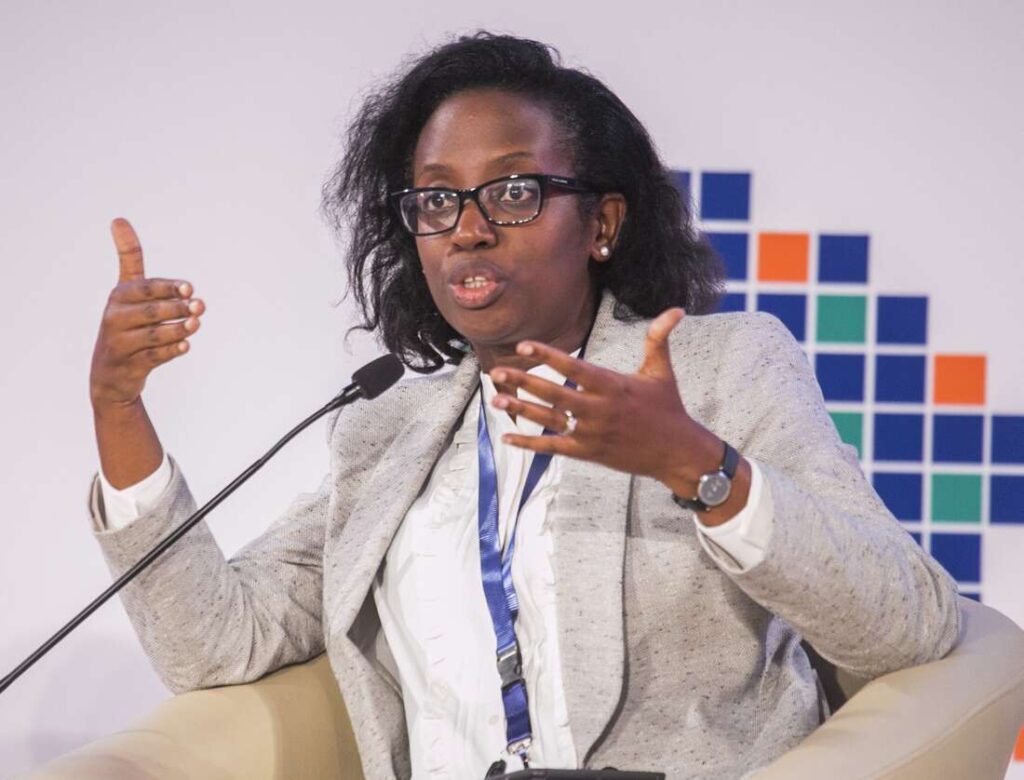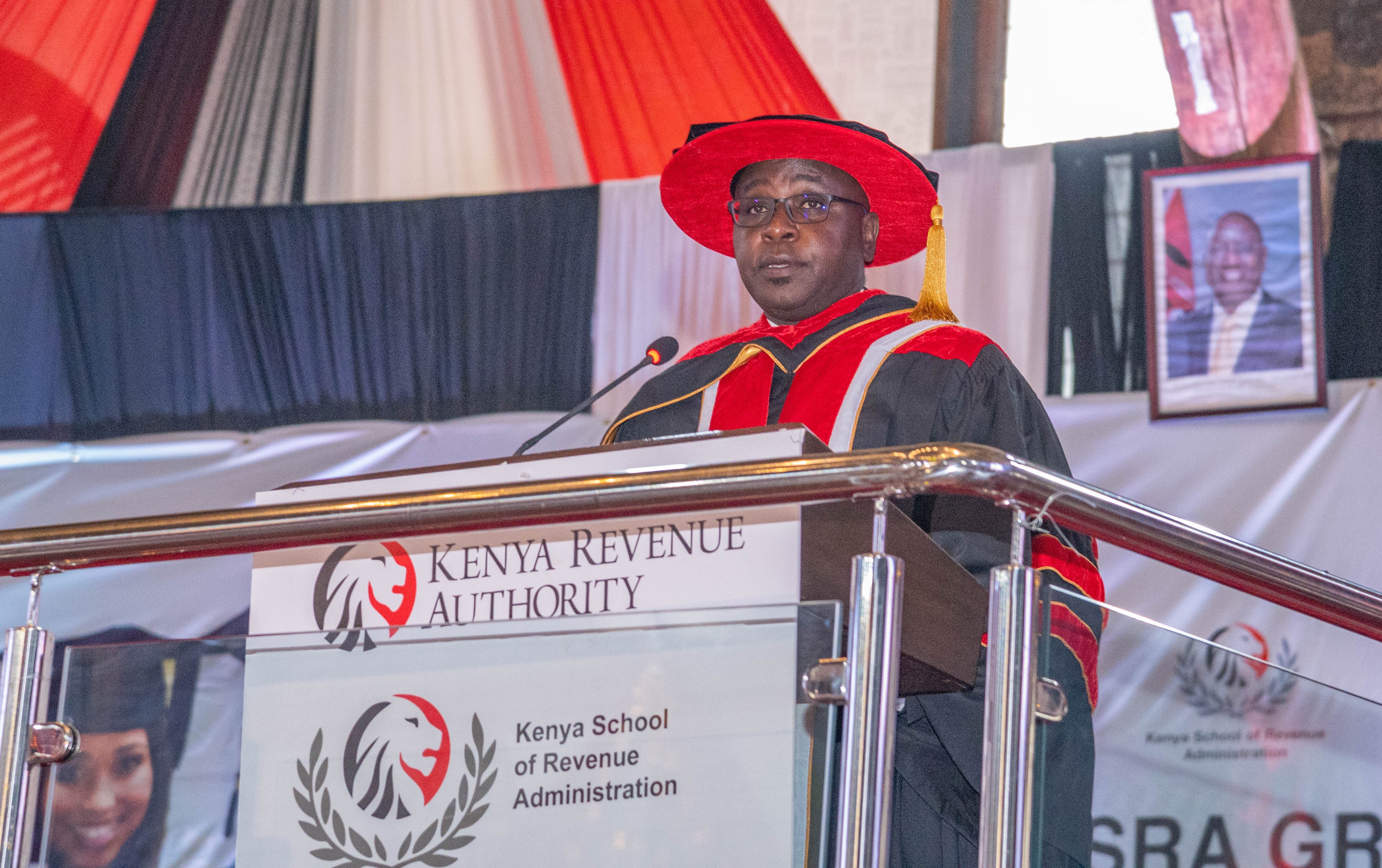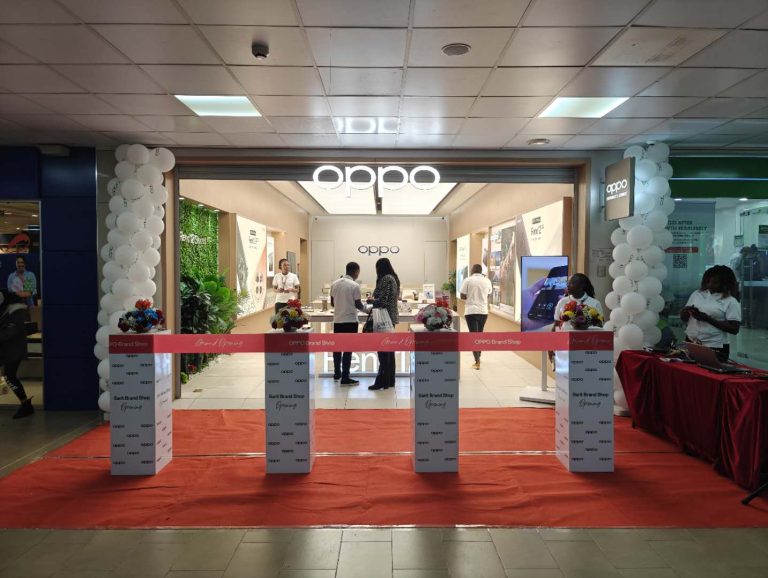Bank of Kigali Q1 net profit up 39.28% to KES1.8 Billion

Bank of Kigali Group has reported a 39.28% growth in net profit to KES1.8 billion, driven by an increase in lending and transactions income as well as efficiency gains enabled by the new core banking system.
The bank’s performance in the three months ended March 31 was boosted by a 33.1% growth in non-interest income to KES1.1 billion; reflecting growth in macroeconomic activities helped by continued recovery from the effects of the Covid-19 pandemic.
Net interest income rose by 4.3% to KES3.8 billion, while the loans book grew by 8.8 percent to KES120.1 billion.
“This first quarter performance gives us great confidence and optimism about the entire year 2022, our teams are committed to continue to ensure client satisfaction,” said the BK Group chief executive officer Dr. Diane Karusisi.
Client balances and deposits grew 21.7% to KES115.8 billion in the first quarter, while shareholders’ equity went up 10.8% to KES33.1 billion.
Total interest expenses increased by 27.2% to KES1.3 billion in line with the 21.7% growth in Customer deposits to KES115.8 billion and 43.1% growth in deposits from other banks.
Dr. Karusisi noted that the bank’s asset quality continues to improve, with non-performing loans ratio and cost of risk at 5.2% and 0.7% compared to 8.0% and 4.7% respectively in the first quarter of 2021.
The percentage of COVID-19 related loans on moratorium reduced to 1.3% of the gross loans in the first three months of the year from 1.7% in the comparative period last year, indicating wider economic recovery.
The bank’s digitization efforts continued to pay off, as BK Quick’s registered customers grew to 11,841 while the BK IKOFI wallet registered over 1,844 agro-dealer agents and 263,900 registered farmers.
Other group businesses, BK General Insurance, BK TecHouse and BK Capital all reported positive revenue and customer acquisition trends.
“The Financial sector is expected to remain sound with double-digit growth in 2022. BK’s focus remains on non-funded income, deposit mobilization and asset quality improvement,” noted Dr. Karusisi.





